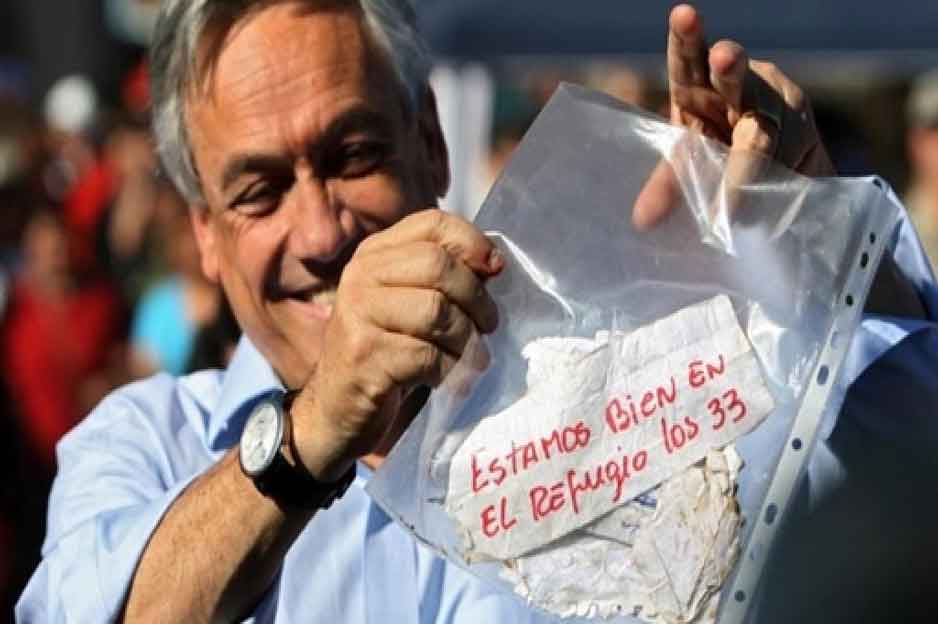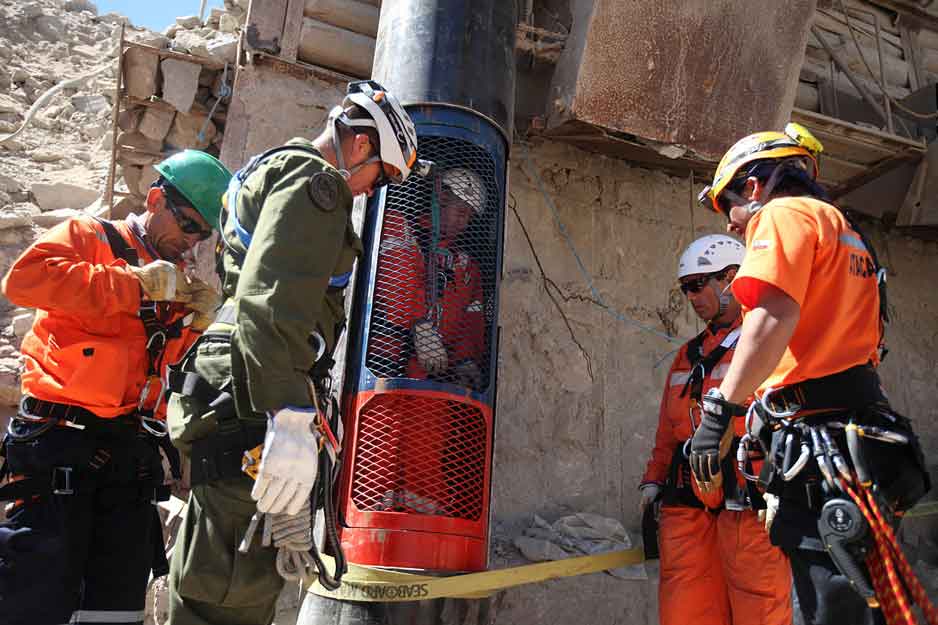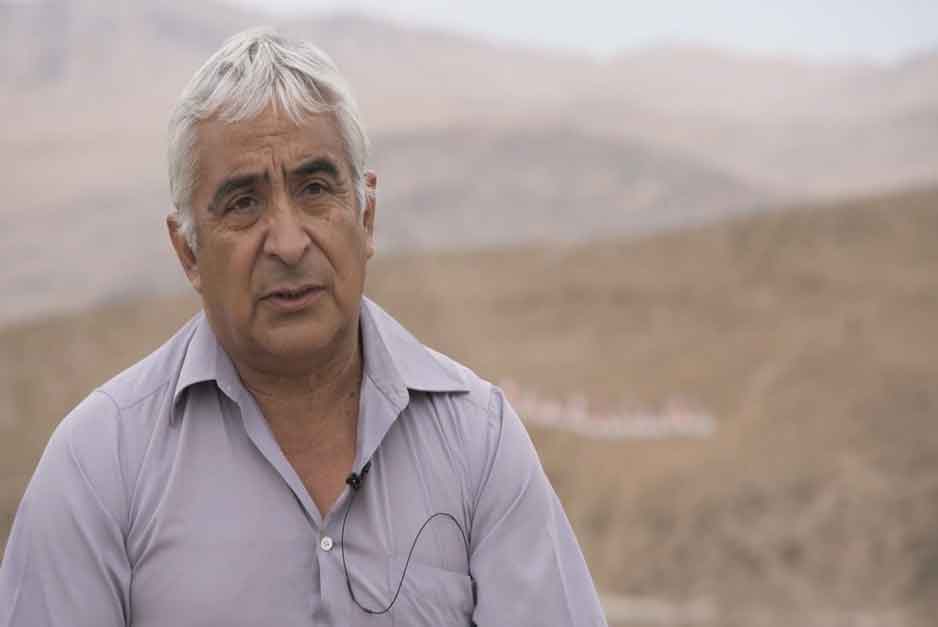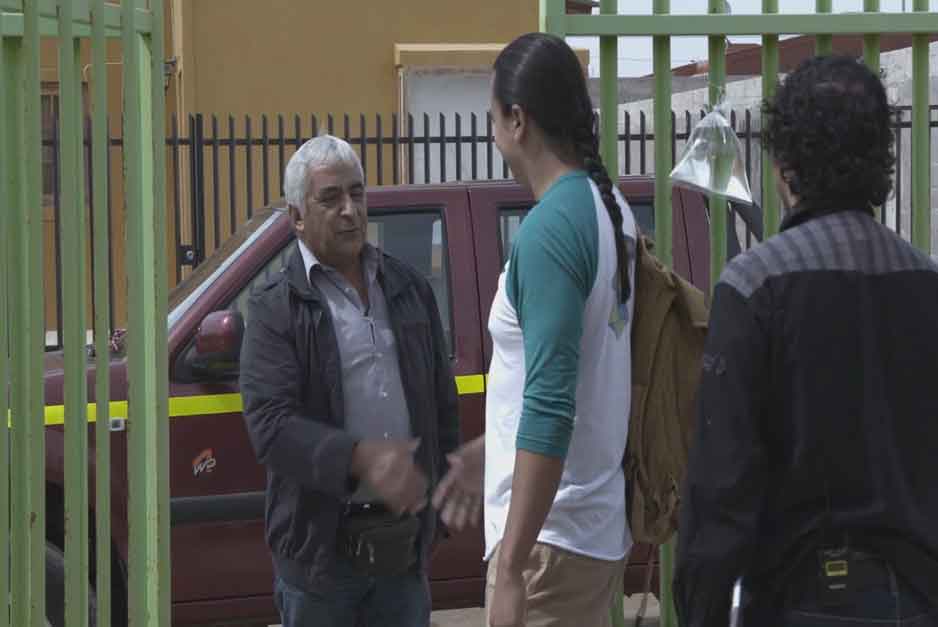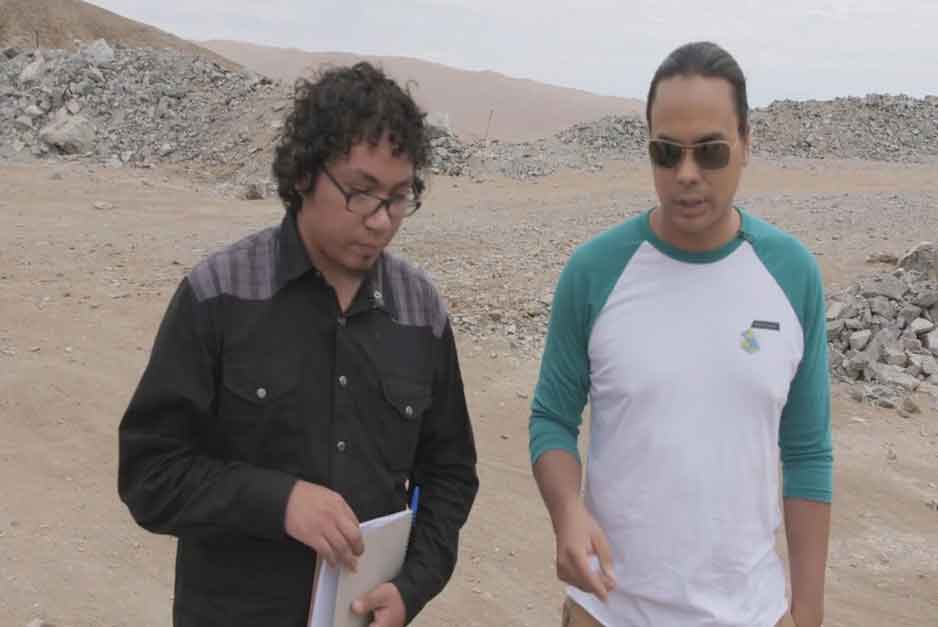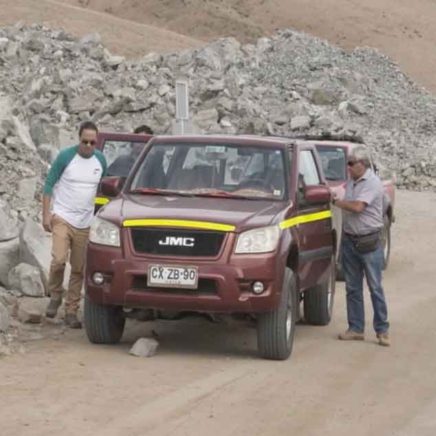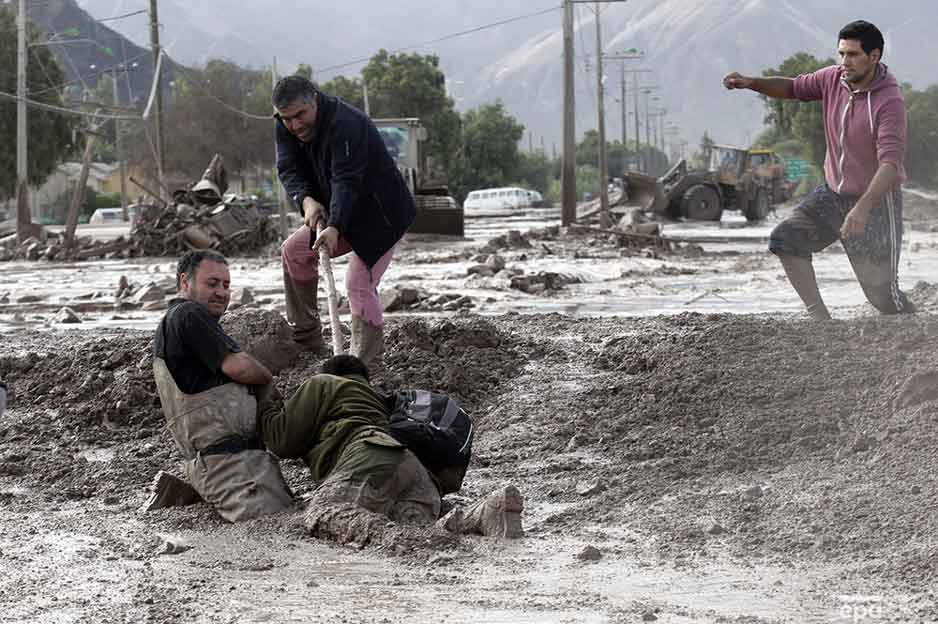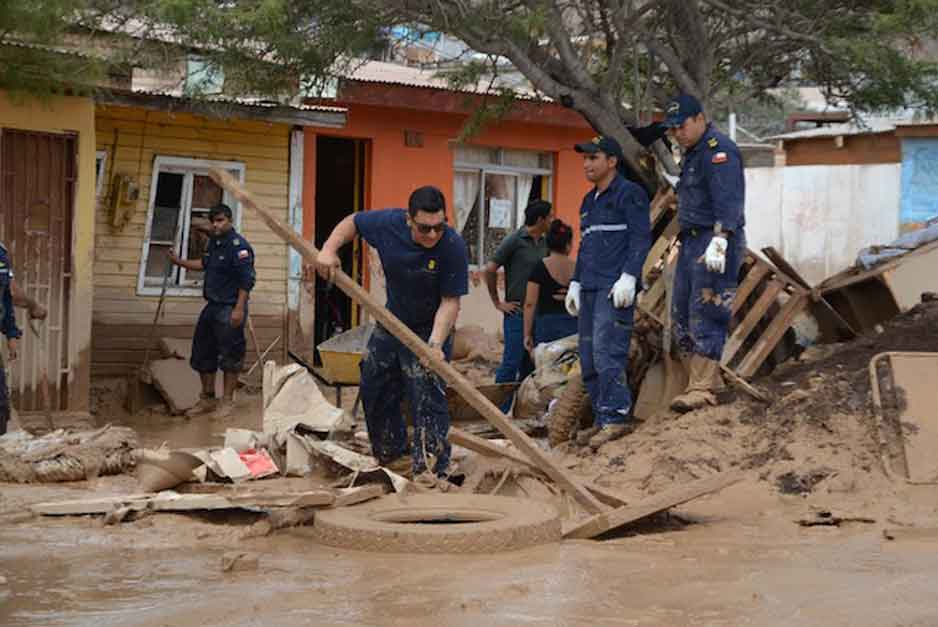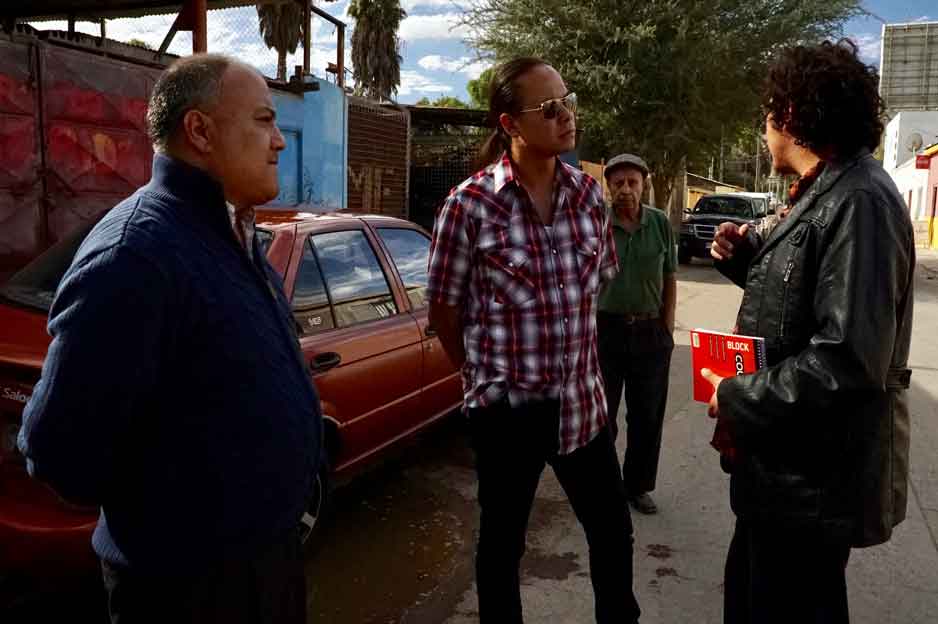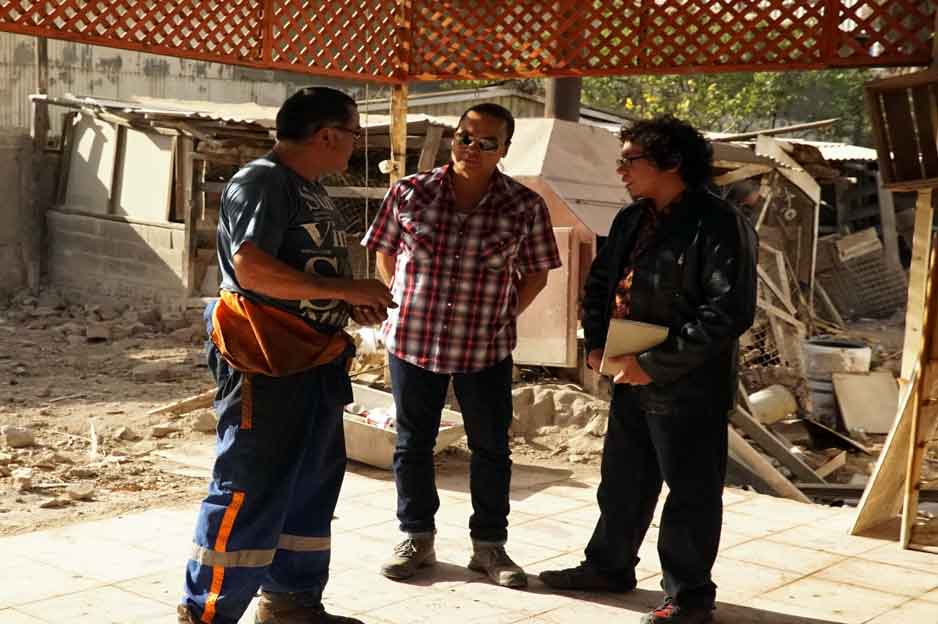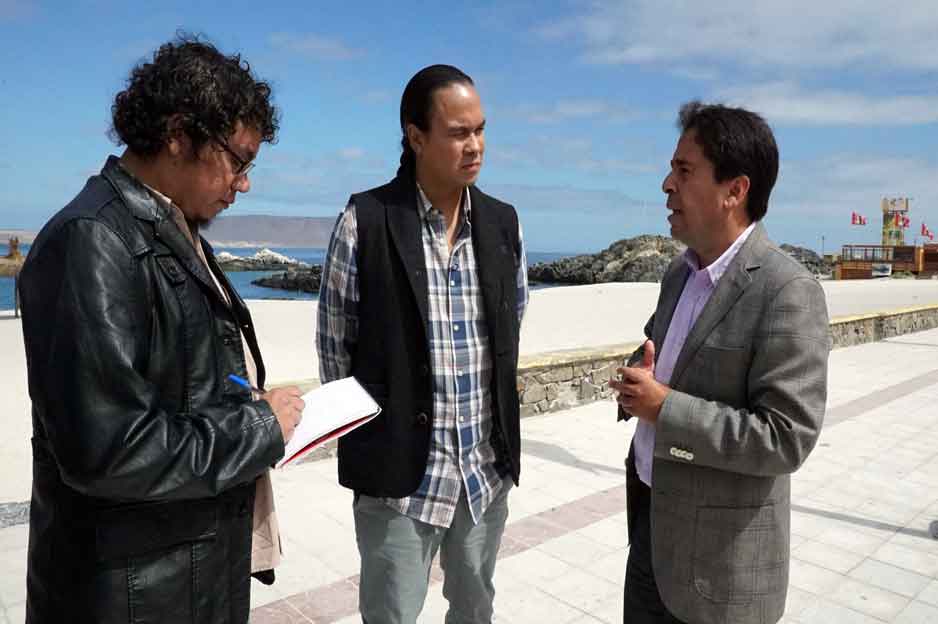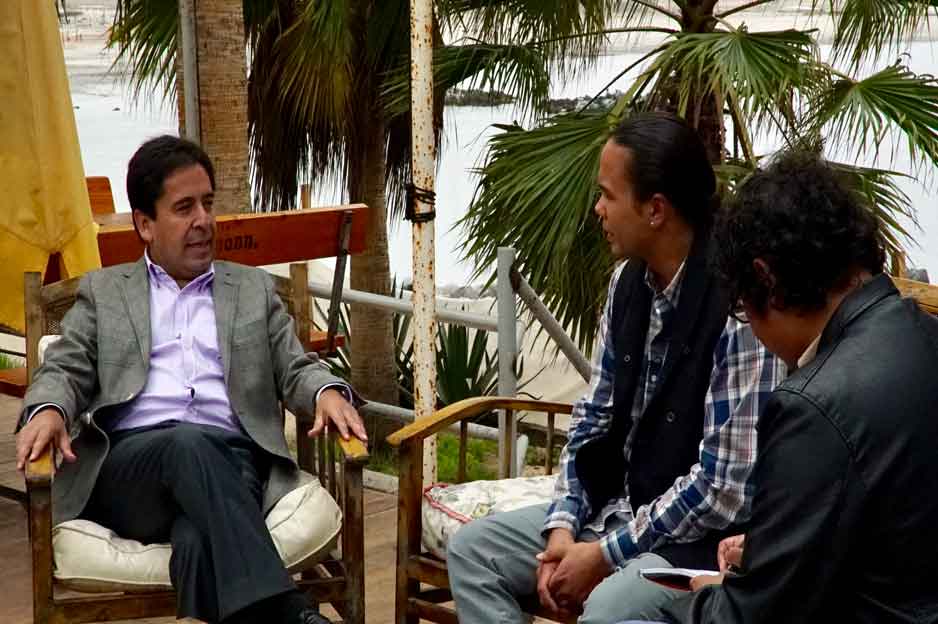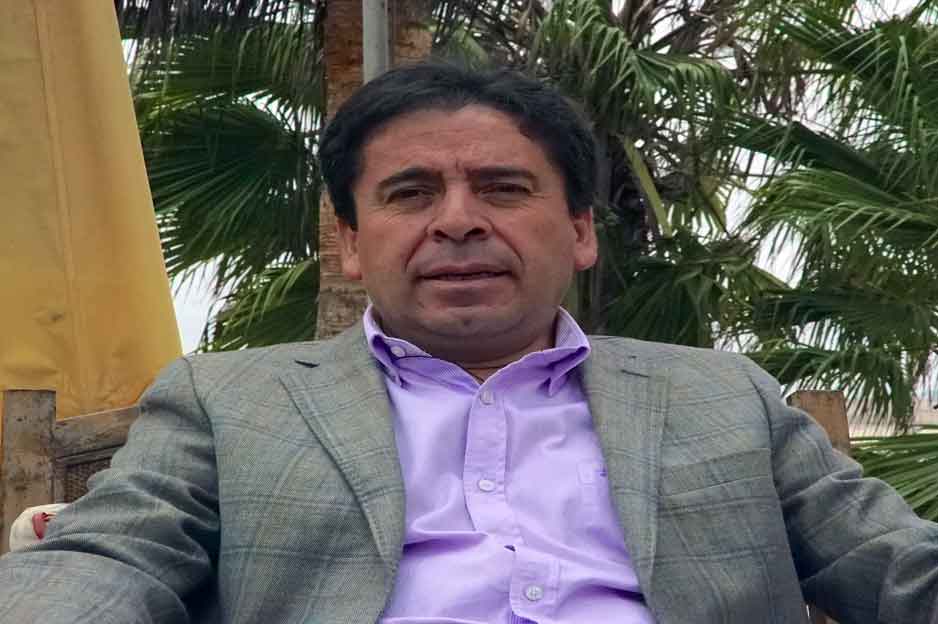Since the first steps of man, Native peoples have shared a spiritual connection with mother earth, a belief that sustains us, shapes our cultures and gives us faith.
My name is Simon Baker and I’ve come to the Atacama Desert in the north of Chile, one of the driest places on our planet. Running along the Andes Mountains and down to the Pacific Coast, some of the world’s largest undeveloped gold and silver deposits lay buried here. Not surprisingly, mining is by far the predominant industry in this part of Chile with numerous multinational mining companies grounding their operations in the regional capital of Copiapo. However, a new Canadian led mining project is what brings me to the Atacama Desert, one that threatens the only source of water for the Colla people, the last nomads of the Andes.

